Hard Sleeper Train Berths
What is a “Hard Sleeper”?
A “hard sleeper” is one of the three types of berths on most trains in China. It is mostly chosen by travelers who need to travel a long distance and thus need to stay overnight on the train. All trains to Tibet from the main cities such as Beijing, Chengdu, Shanghai, Xian, etc. provide many hard sleeper berths for the long journey. Hard sleepers are more expensive than hard seats but less expensive than soft sleepers.
How “hard” is the Hard Sleeper?
The “hard sleeper” is a bit of a misnomer as the beds provided are actually quite comfortable. There is a soft mattress, pillow and comforter provided. Hard sleepers could better be described as “Second Class Sleepers” relative to soft sleepers (“First Class Sleepers”) which are a bit larger with higher quality bedding.
Hard sleeper cabins consist of 6 beds in one compartment. The beds are dormitory style with 3 beds in a vertical row on each side of the cabin – 2 upper, 2 middle and 2 lower berths. Normal trains such as those trains with numbers beginning with K, T and Z usually have 8 to 10 carriages for hard sleeper cabins, with each cabin having 11 single compartments. Each bed is approximately 60 centimeters (24 inches) wide and 180 centimeters (71 inches) long, capable of holding around 300 kilograms (660 pounds) each.
Should I Choose An Upper, Middle or Lower Berth?
Different people may want to choose which type of berth to book based on their own individual preferences. Lower sleepers are a bit more expensive as they tend to be the most popular because it is easier to get in and out of them, plus they have a better view outside of the windows. Passengers can easily lie down or sleep on these lower beds, which can also be problematic as passengers from the middle and upper berths will often sit on your bed during the day, which is considered normal behavior in China.
The middle sleeper gives a person about 70 centimeters (28 inches) of space from the bed to the bottom of the upper berth, so it is possible to sit up at a bit of a bent angle. It is not as easy to get to as the lower berth but it does offer greater privacy as no other passengers will sit on your bed.
The upper berth is the least expensive of the three berths, but it only offers about 65 centimeters (26 inches) of vertical space between the bed and the ceiling of the train. It is also the most difficult to get to with more of a climb on the ladder at the foot of the beds required to get to it.
Facilities in the Hard Sleeper Carriage
In addition to the 6 beds, each hard sleeper carriage will have a small table between the lower two berths, a thermos for hot water (to be shared by all in the cabin) and a rubbish bin. The table is also shared by all passengers in the compartment for eating. Each bed also has a hook on the wall to hang coats or bags.
Luggage in the Hard Sleeper Carriages
There are two places for passengers to place luggage in the hard sleeper cabins. One is on the luggage rack above the windows on the side of the aisle. The rack is about 53 centimeters (21 inches) wide, big enough for a large suitcase. Another place is under the lower berths in the cabins, which is about 30 centimeters (12 inches) high and 60 centimeters (24 inches) wide. Valuable personal belongings such as phones, laptops, passport, wallets, cash, etc. should be kept on your person or in your carry-on bag with you on your bed.
Toilets
There are toilets at both ends of each carriage, and they are both squat (no seat) toilets that are open for both genders. No toilet paper is supplied on the trains so you will have to bring your own.
Washing Area
Near the toilets at both ends of each carriage there are washing basins with faucets providing cold water for washing and brushing your teeth (although the water is non-potable so it’s not for drinking.) There is a large mirror behind the wash basins. No toiletries are supplied on the train so be sure to bring your own toothbrush, toothpaste, etc.
Drinking Water
There are drinking water dispensers on each end of each carriage with both hot and cool water. Don’t forget – don’t drink the water out of the faucets in the washing area, it is non-potable and not suitable for drinking.
Smoking Areas
Smoking is not allowed in any of the cabins or the aisle area, nor is it allowed in the toilets. If you must smoke, there are designated smoking areas at the end of each carriage.
Useful Tips Regarding Tibet Train Tickets
1. If you are taking one of the longer trains to Lhasa from Beijing, Shanghai, Chengdu, etc. then we strongly recommend that you book a soft sleeper berth rather than a hard sleeper berth because you will be spending two nights on the train and the soft sleepers are more comfortable and worth the extra expense. Be sure to book your soft sleeper train tickets as soon as possible because each train to Tibet only has around 72 soft sleeper berths and they are in high demand. Current regulations allow the booking of all train tickets beginning 30 days in advance of the date of travel.
2. Tibet Odyssey Tours can help book train tickets to Tibet for travelers who book train/tour packages with us. As the train tickets to Tibet are always in short supply, it is very difficult for travelers to book train tickets to Tibet on their own. There is a service fee for booking train tickets during the peak tourist season.
Recommended Tibet Train Tour Packages
Be sure to check out our well organized train tour packages departing from the most popular gateway cities to Tibet, including Beijing, Xian, Chengdu, Xining, Shanghai, etc. All of our tour packages are fully customizable according to your requirements. If you have more additional time to spend in China, you can extend your trip from Lhasa to other popular destinations such as Shigatse, Mount Everest, Nyingchi, Ngari, etc. Please contact our friendly travel consultants and we can help you create the perfect Tibet tour itinerary that meets your needs.
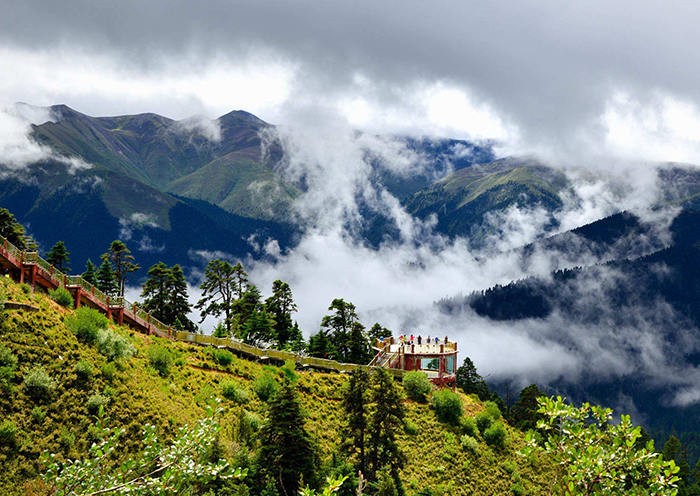
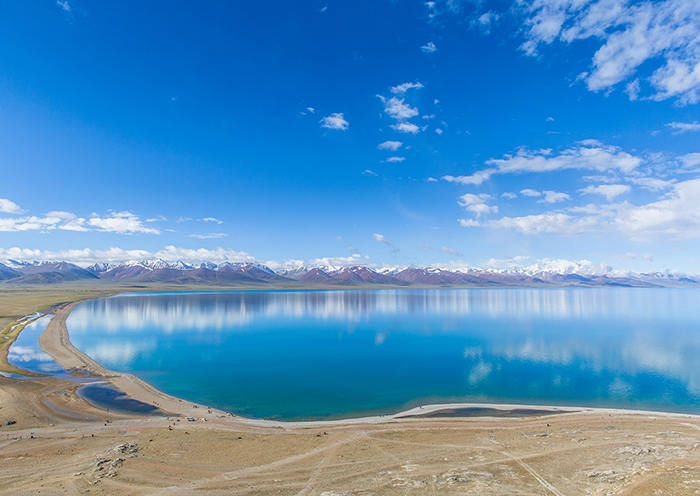
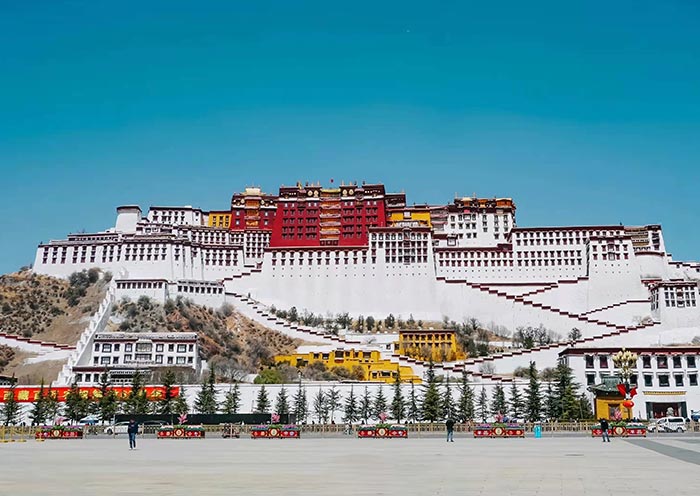
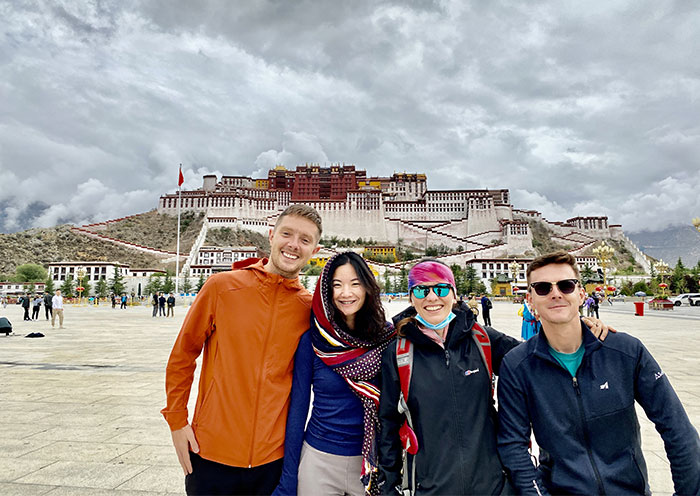
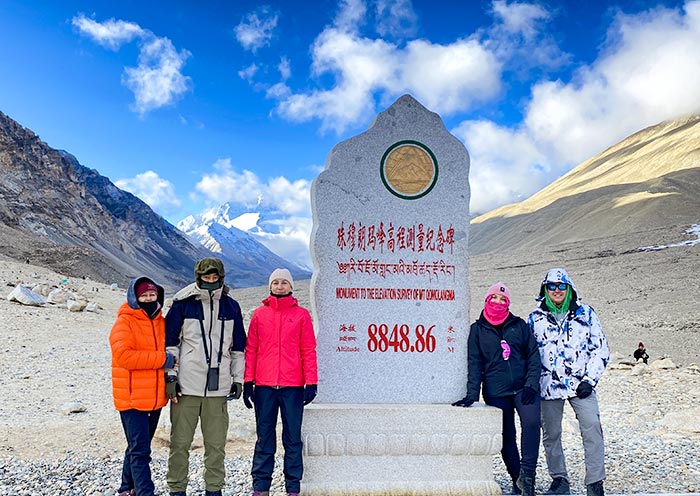

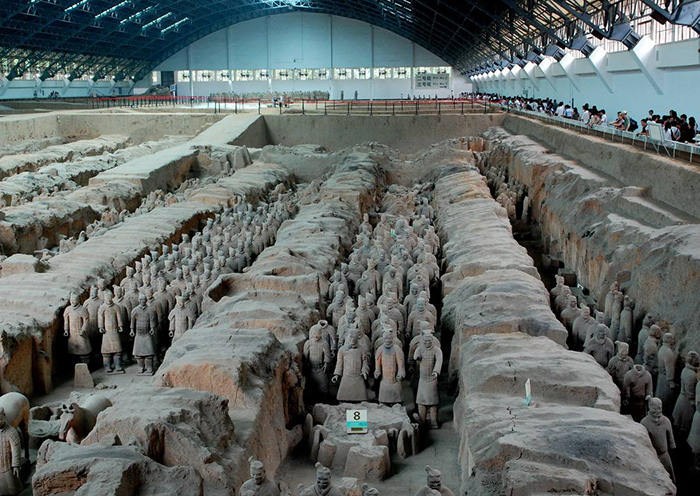
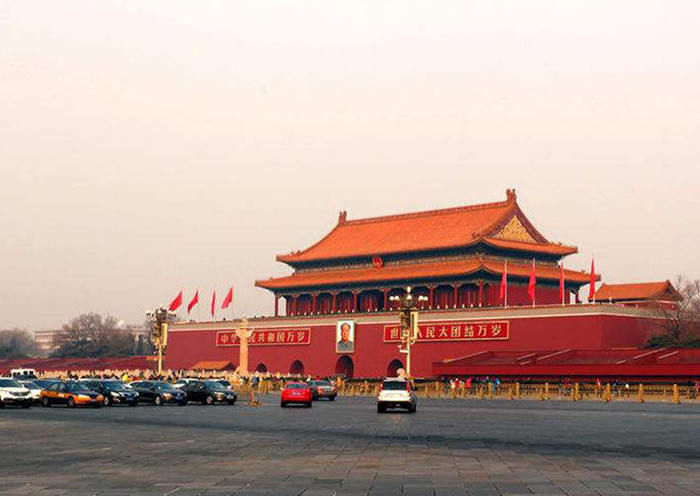
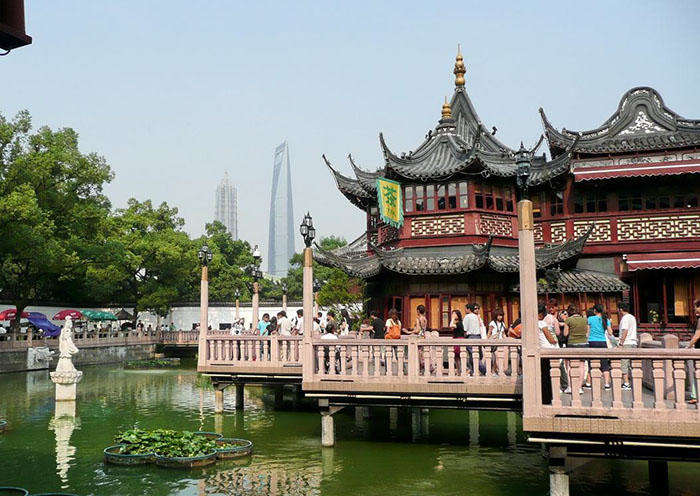
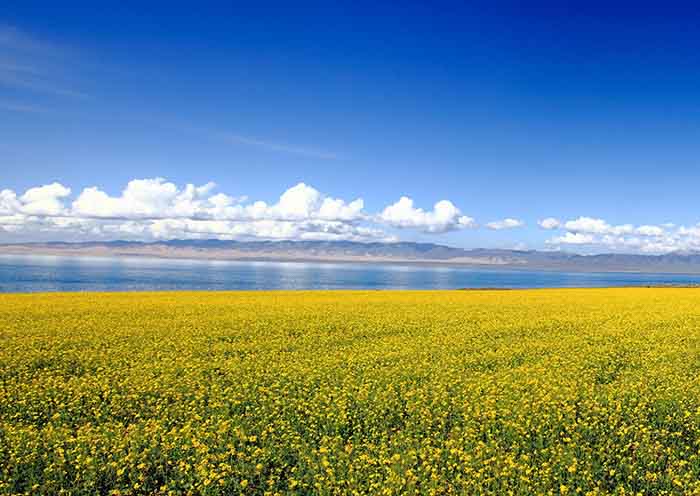
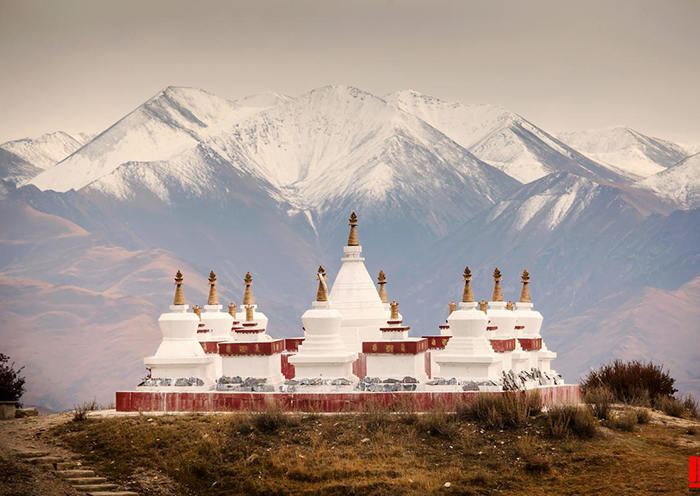
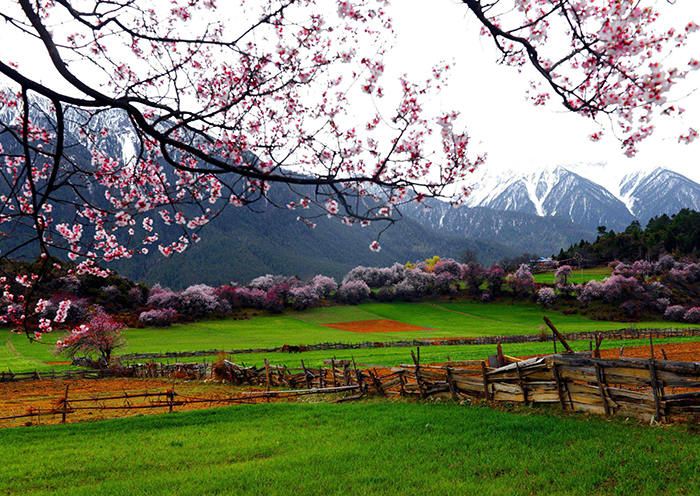
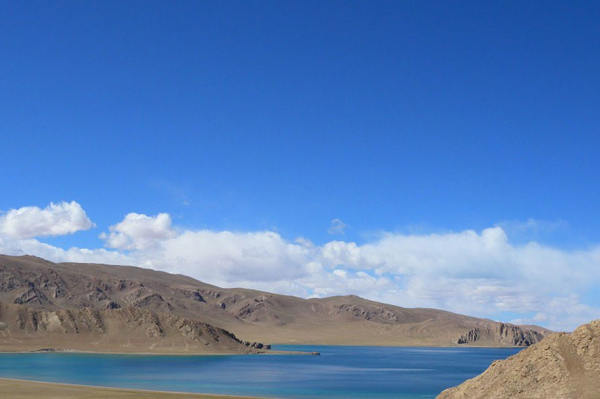
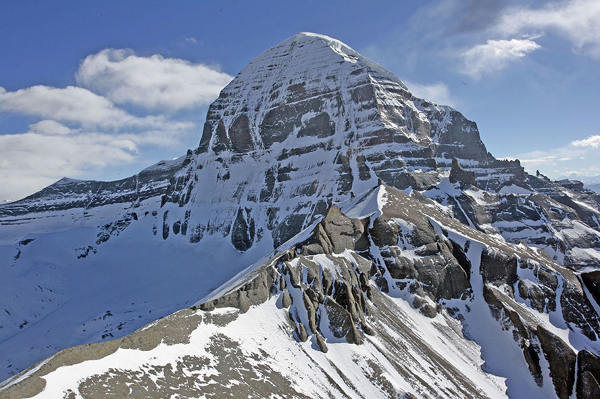
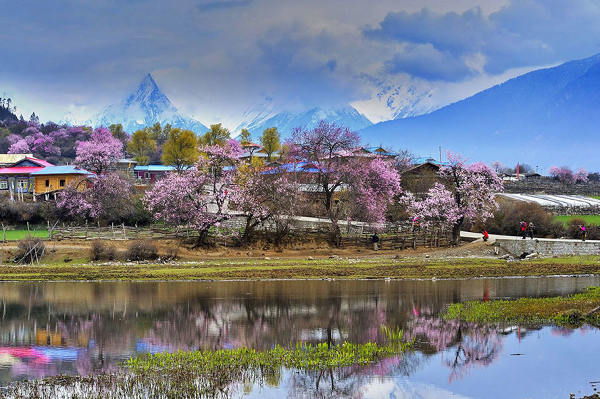
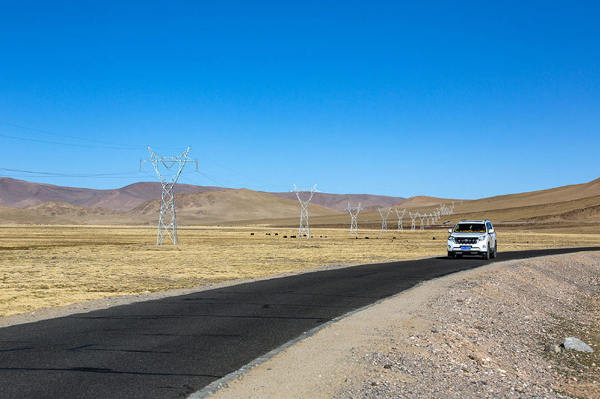

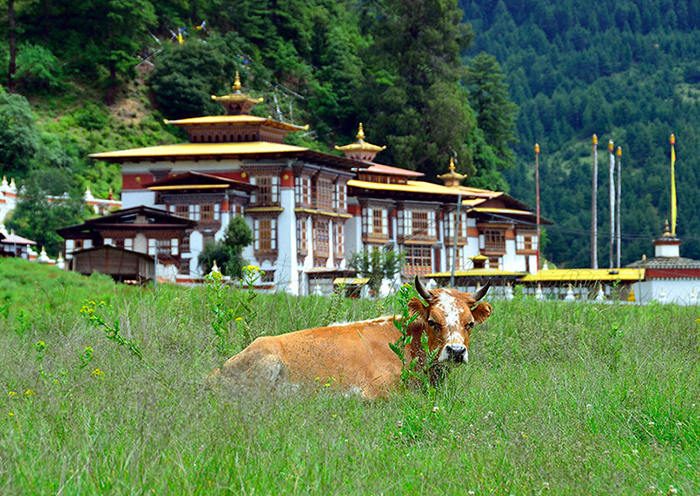
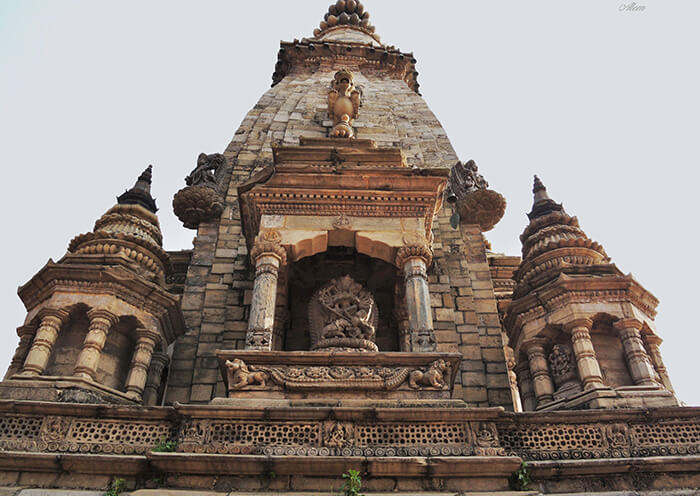
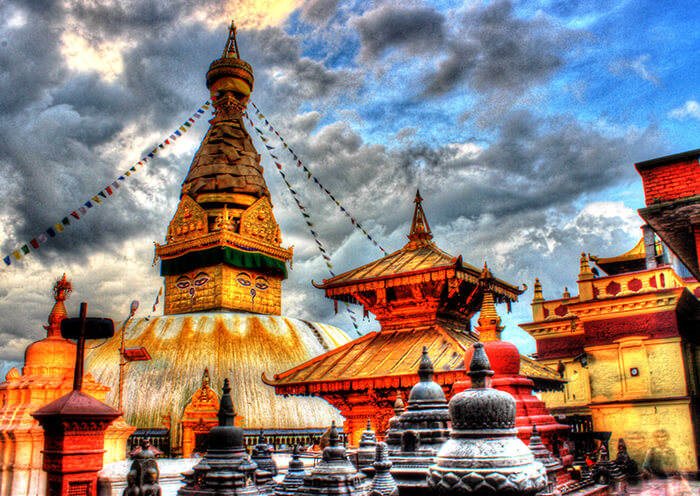

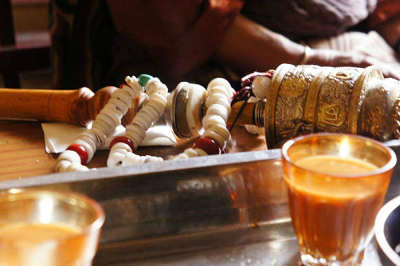

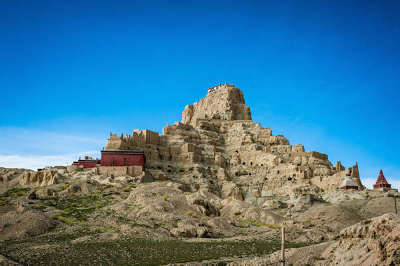
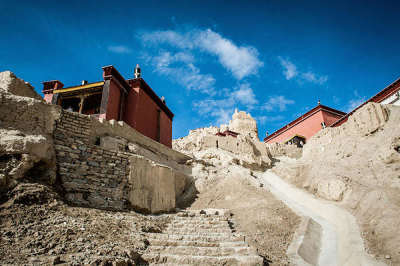
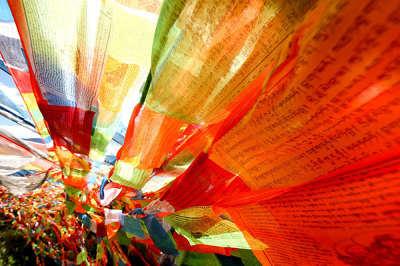



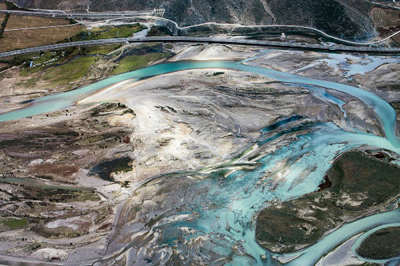

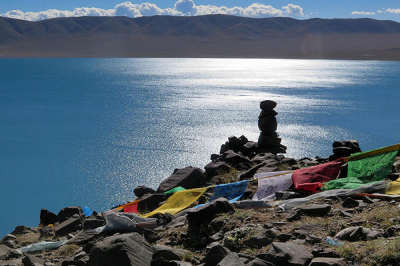

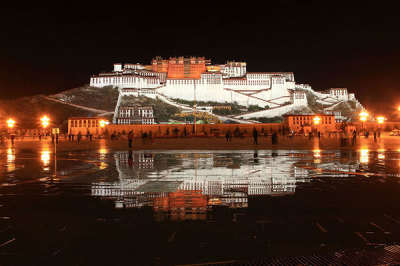
 Data in submission...
Data in submission...